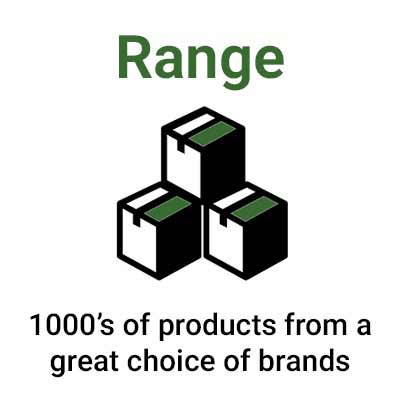We try to make our delivery charges and lead times as transparent and easy to understand as possible. On each product we now show an estimated delivery period in working days. We always put orders on the fastest delivery option available to us, which in most cases is a next working day service. The products that qualify for this will usually show "1-2 working days" as although the vast majority of orders are delivered the next working day, some may take a little extra time. Certain regions of the UK require extra time for delivery e.g. Northern Scotland. Some of our larger tyres require more specialist delivery services and may incur a surcharge. We will always notify you prior to processing your order if there are any additional charges. Delivery pricing is now automatically calculated in the shopping basket. Further details of delivery times, regions, pricing and any surcharges, can be found on our delivery information page.








































